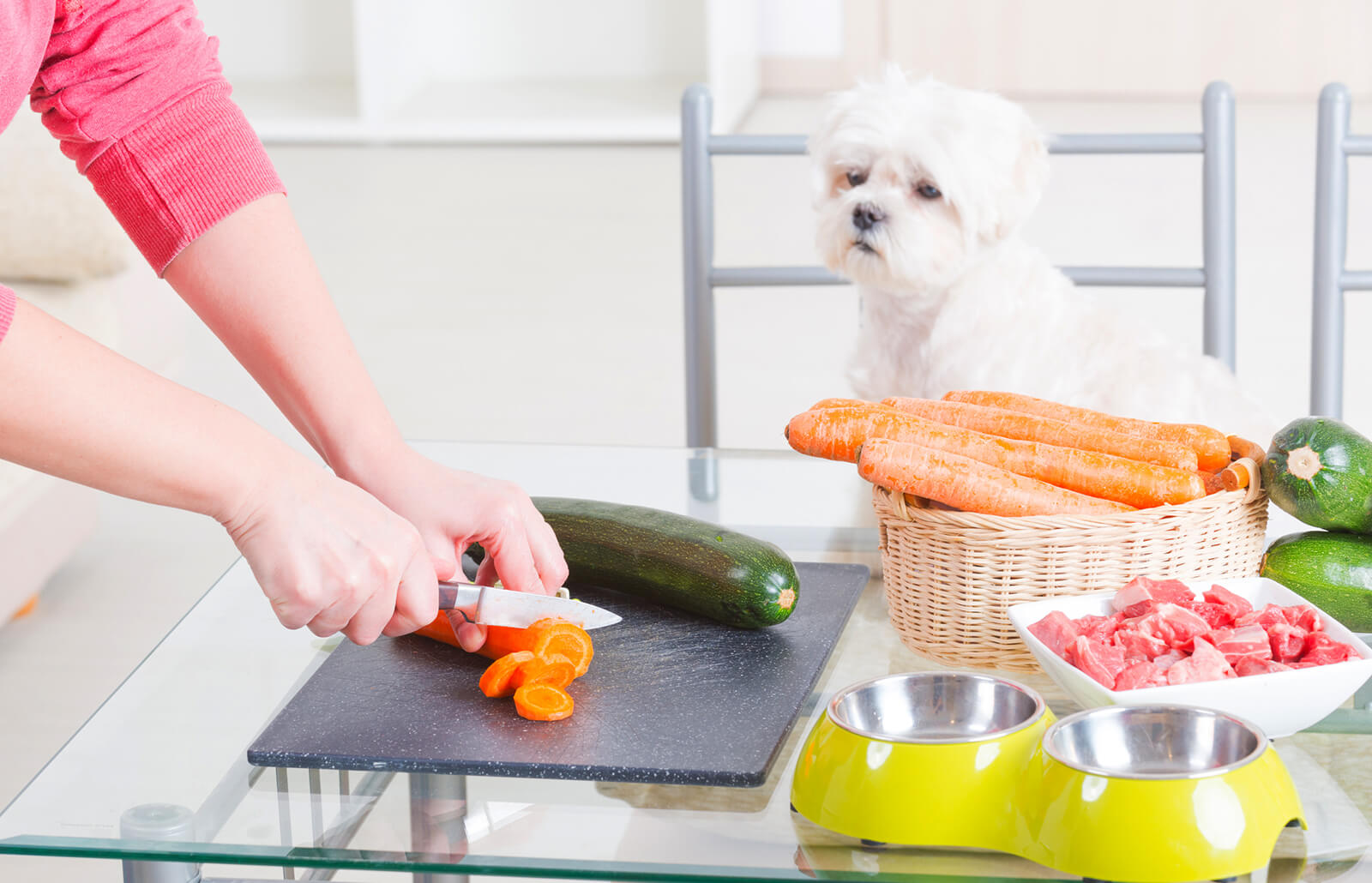There are many different recipes out there on how to make healthy homemade dog food. Some people even take it one step further by making raw diets instead of feeding their pets with some all-in-one options from famous dog food companies. But whatever recipe you choose, remember to keep things simple. You want something easy enough so that anyone could do it without much effort. Here are some tips to help you along:
Opt for high-quality products
Make sure you use only high-quality meat sources such as chicken breasts, ground beef, lamb, etc. If you buy cheap cuts like chuck roast or stewing steak, then you may end up with an unappealing product. Make sure to check the label before buying any meats because not every brand has great-tasting products. Also, avoid using too much fat since this just adds calories to your diet.
You also want to limit the number of grains used in your homemade dog food. This includes oats, wheat, corn, rice, barley, rye, buckwheat, quinoa, amaranth, sorghum, tapioca starch, potato flour, flaxseed meal, brown rice syrup, molasses, honey, maple syrup, agave nectar, cane sugar, beet pulp, and others. All of these contain carbohydrates which are very important nutrients, but they shouldn’t comprise over 50% of your dog’s daily caloric intake.
Choose the right vegetables
You’ll probably find yourself adding vegetables to your homemade dog food. Remember though, if you’re going to add veggies, stick to ones that are low in carbs. For example, carrots, sweet potatoes, squash, broccoli, green beans, cucumbers, zucchini, celery, spinach, kale, turnip greens, collard greens, parsley, cauliflower, cabbage, lettuce, peas, radishes, mustard greens, brussels sprouts, onions, garlic, shallots, leeks, chives, dill weed, thyme, oregano, basil, rosemary, sage, mint, cilantro, fennel, and others. Just try to stay away from anything that contains lots of fiber or high amounts of sodium.
If you’d rather skip the whole vegetable thing altogether, then feel free to go ahead and include fruits instead. Try bananas, oranges, strawberries, blueberries, raspberries, peaches, plums, pears, apricots, mangoes, pineapple, melons, watermelon, grapes, figs, cherries, raisins, prunes, dates, papaya, cantaloupe, tangerines, and persimmons. Again, steer clear of anything containing a lot of fiber or salt.
Try to vary your meals throughout the week. Don’t always give them the same old stuff day after day. They might get bored and start chewing everything!
Don’t forget about the portion size
Remember to adjust portions depending upon your dog’s weight. A medium-sized breed requires about 1 pound per month whereas larger breeds require 2 pounds per month. Smaller breeds usually eat less than half of this amount.
In a nutshell
Keep in mind that each person’s body chemistry varies somewhat. So, if your dog seems fine on his current diet, then maybe you won’t see any changes until next year. However, if your dog isn’t doing well, then you may notice improvements right away.
Also, don’t forget to consider allergies. Some people think that giving rawhide bones will help prevent diarrhea. But, some dogs actually become allergic to the protein found in rawhide. Instead, opt for cooked bones made out of poultry, fish, veggie, or even bone broth.
The bottom line here is that you need to make sure you provide your canine companion with healthy nutrition. Feed him what he needs so that he stays happy, healthy, and strong. You’ve got plenty of things to do without worrying about whether or not your pet is getting enough nutrition.

